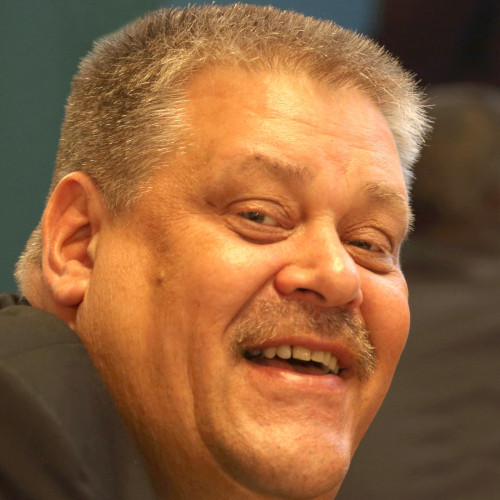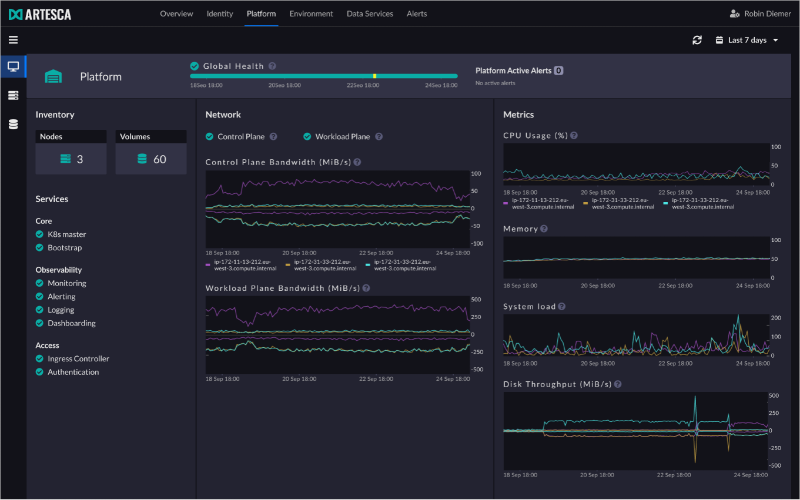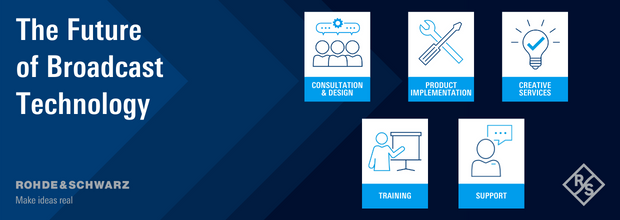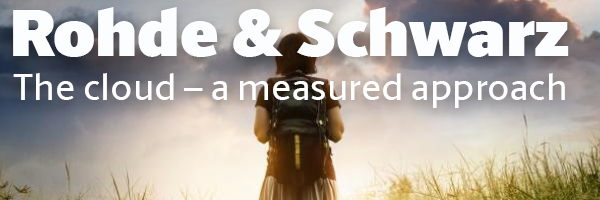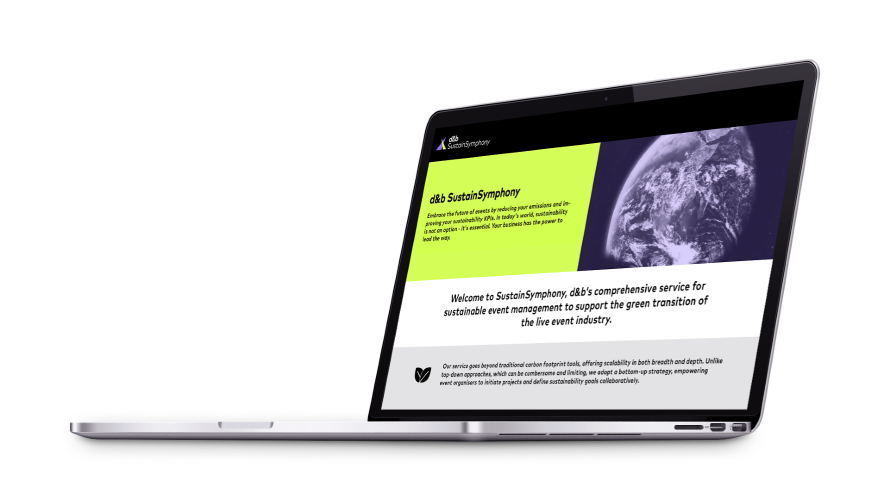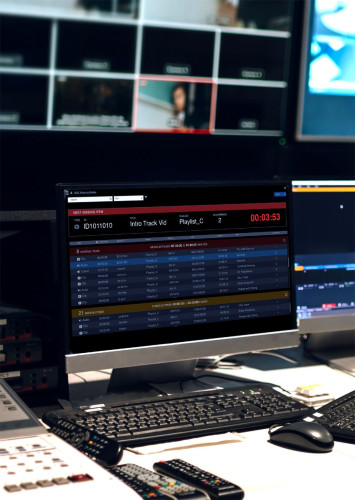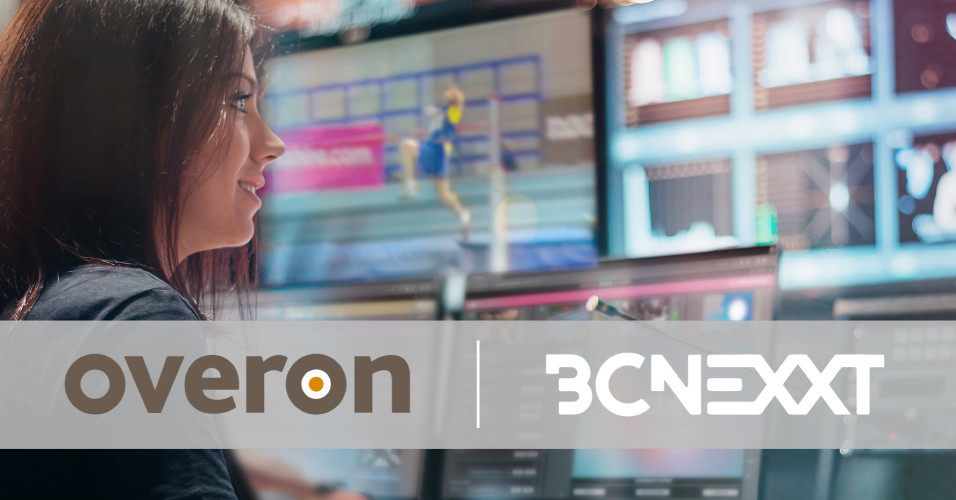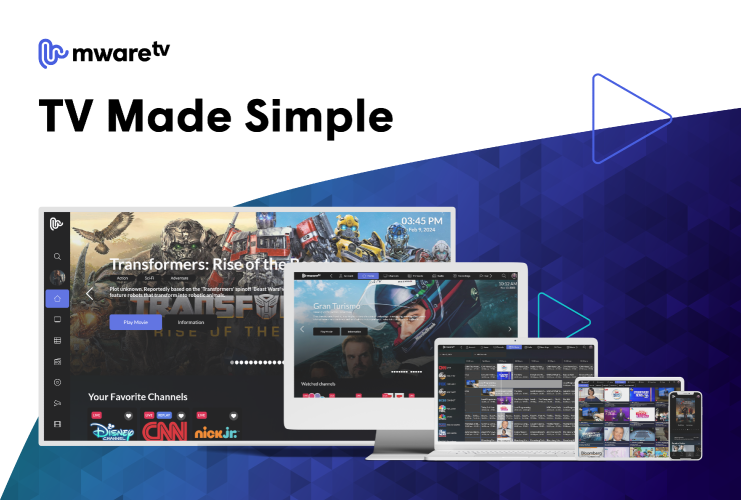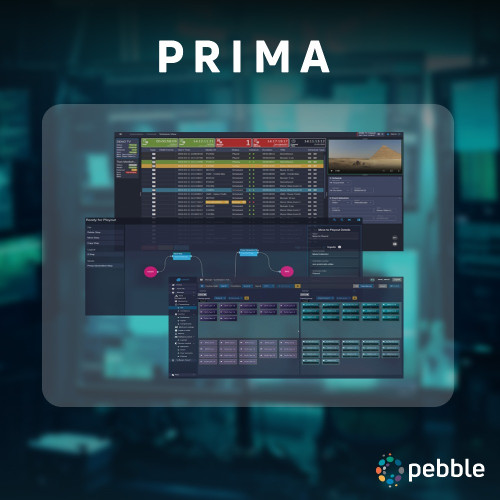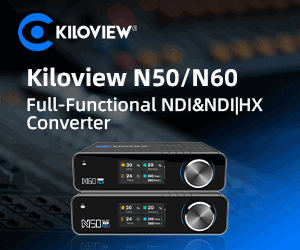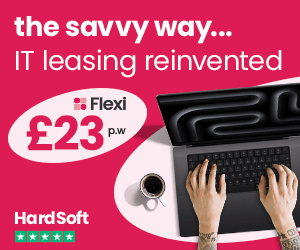with Don Ash Issue 109 - January 2016 Simon Tillyer: Before we get heavy about IP and the cloud, what is the current state of the broadcast playout business?
Don Ash: The transition to server-based systems in recent years has made the entire process of broadcast playout much easier to operate and automate than the tape-based equipment which preceded it. A major catalyst for change was the growing popularity of satellite-based reception and cable. This greatly expanded the number of channels accessible to television viewers. Another key catalyst in expanding viewer choice was the shift from analogue terrestrial to digital terrestrial transmission. These developments in turn encour-aged the rise of companies offering third-party playout services which are now used right across the scale from nationally-funded state broadcasters to regional and special-interest channels.
ST: What was the primary role of PlayBox Technology in the transition to server-based playout?
DA: As one of the original pioneers of what was originally called Master Control in a Box as is now known as Channel in a Box, we identified a clear need for the core software to be fully integrated with the server hard-ware. That way, we could ensure PlayBox Technology customers did not run into conflicts with third-party software. We write our own software and design our own hardware based on an enterprise PC platform so everything is under our precise control. Our software and hardware are covered by a post-sales support ser-vice so we can track down and correct post-installation issues via an online maintenance assessment. We call this PlayBox Doctor. Our customers recognise and appreciate its value. All our products are essentially software centric. They are not reliant on hardware other than the server and an SDI output interface card. PlayBox Technology has always used software encoding and decoding. That makes moving to the cloud an easy step as, in essence, nothing changes.
Our suite of products is based on AirBox and supported by a range of options such as ingest, titling, automated scheduling and fast-switchover redundant system protection. Customers or their SI partners are then able to specify the level of protection they choose. Our products are extremely reliable but 1:1 protection can be added so cost-efficiently that it is always a wise precaution.
ST: Is PlayBox Technology migrating to IP connectivity?
DA: In terms of signal connectivity, we have offered IP output without any interface card for many years. The concept is only now becoming popular among broadcasters. From a control perspective, we pioneered IP-connected playout several years ago. This allows broadcasters to manage remote AirBox and TitleBox serv-ers via a secure internet link. It gives channel operators the freedom to interact with all the features of their system from another town, another country or another continent. The AirBox / TitleBox server itself is typical-ly be located in the premises of a third-party playout service provider or uplink centre. Individual operators interact with their designated AirBox via practically any PC running our control software in conjunction with a standard web browser. That PC can be a desktop in the channel\'s headquarters, a laptop at the relevant manager\'s home, or both.
ST: What is the advantage of IP-based content distribution?
DA: Content has traditionally been delivered from the client to the playout service provider on video tape and more recently as files sent well in advance of their scheduled transmission time. The availability of high speed IP connectivity now allows programme content to be networked as a live stream within a production site. Our experience both in our development facility and with customers confirms that IP connectively in that context works very well and is very versatile.
IP offers considerable savings in terms of routing and switching infrastructure, particularly for customers building an entirely new site. Links between the control suites and central apparatus room can all be carried over 10 or 100 gigabit Ethernet cable with the potential to deploy even 400GbE. The same network can be used for all other IT equipment in the building. Equally important, it can be maintained using standard IT components and procedures.
ST: What does the cloud bring to the party?
DA: More than you might imagine, both for accountants and broadcast station managers. At an economic level, CloudAir allows new television services to be established without requiring the capital investment that accompanies a hardware solution. These can be purchased as an application to run on a broadcaster\'s ex-isting servers or leased on a software-as-a-service basis from a third-party service provider. This approach frees up capital for activities such as production or acquisition.
From a technical perspective, CloudAir allows new television channels to be established in little more time than it takes to make a phone call to the service provider. This is particularly important to anyone creating transient OTT channels created supporting a short-running programme series such as the Olympics.
ST: Can cloud-based broadcasting handle UHD?
DA: CloudAir, like AirBox, is essentially standards agnostic. We support everything from sub-SD to HD and beyond. The broadcast industry\'s focus is now gearing to match the wide dynamic range and made possible by OLED display technology. We will match that and other technical demands as they arise.
ST: Do you see cloud-based playout mainly appealing to new-startup channels?
DA: That was certainly our initial expectation. We were therefore pleasantly surprised at IBC to find Tier One broadcasters at IBC expressing very great interest in CloudAir both as a concept and a service already available on a subscription bases.
ST: Is cloud-based playout as secure as a broadcast channel owning and operating its own equip-ment?
DA: Arguably more so. For one thing, a channel does not have to worry about setting up an emergency re-sponse system to take over in the event of unforeseen disruption at its headquarters. Broadcasting via a cloud-based playout service is essentially transparent so far as operational routine is concerned. Obviously the usual precautions should be taken to ensure safe long-term content archiving, whether on disk-based media or data-tape cartridges, That includes all the channel-branding, titling and scheduling capabilities of a standard AirBox system together with the ability to transmit live content such as late-breaking news.
ST: Will cloud-based solutions replace server-based playout?
DA: That is for our customers to decide. We see our role as offering them the widest possible choice which is currently between the following, individually or in combination:
1. Complete PlayBox Technology server-based solutions owned and operated by our customers\' and located at their headquarters.
2. PlayBox Technology software licensed by our customers to run on their in-house servers.
3. PlayBox Technology control systems linked via IP from customers\' headquarters to servers owned and operated by independent service-providers.
4. PlayBox Technology solutions accessed on a totally opex basis from independent service providers, con-trolled from customer-owned PCs running standard web browser software.
Whichever route they choose, PlayBox Technology offers the experience of dedicated product development professionals plus sales management and post-sale technical support teams who are second to none.



